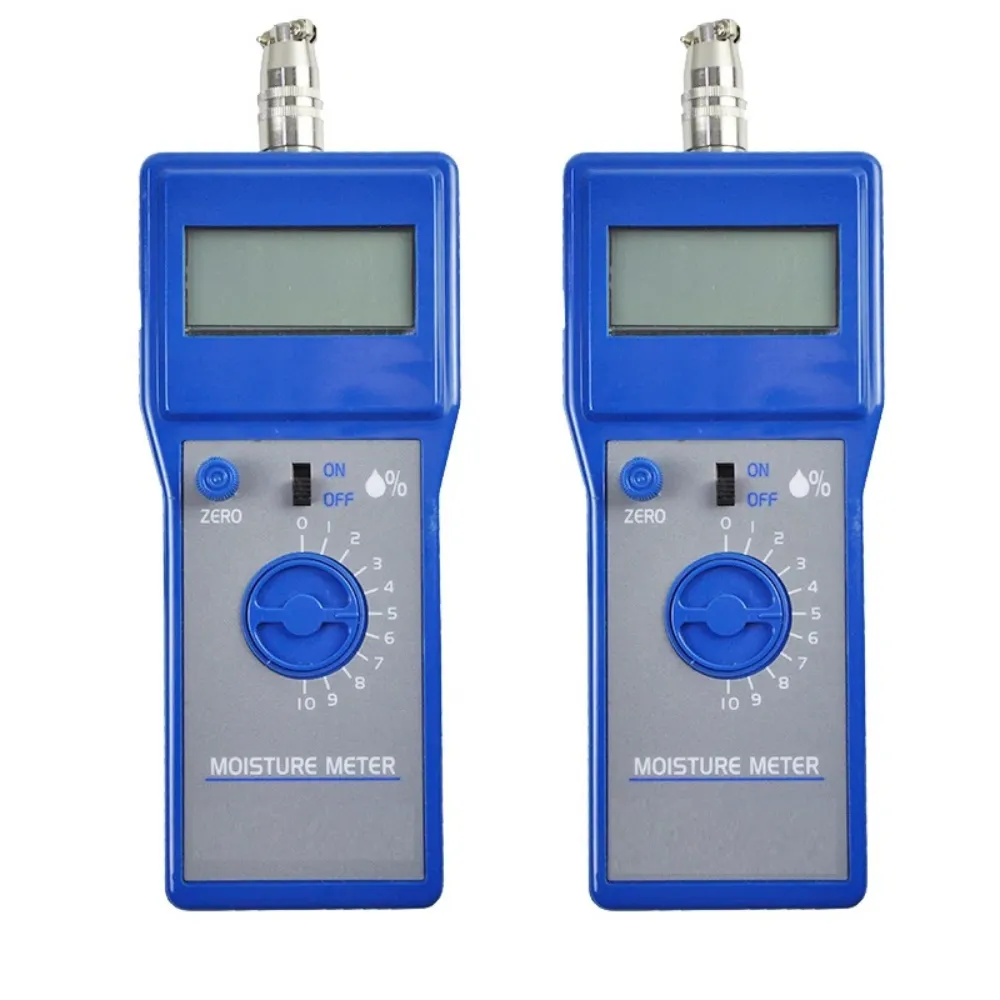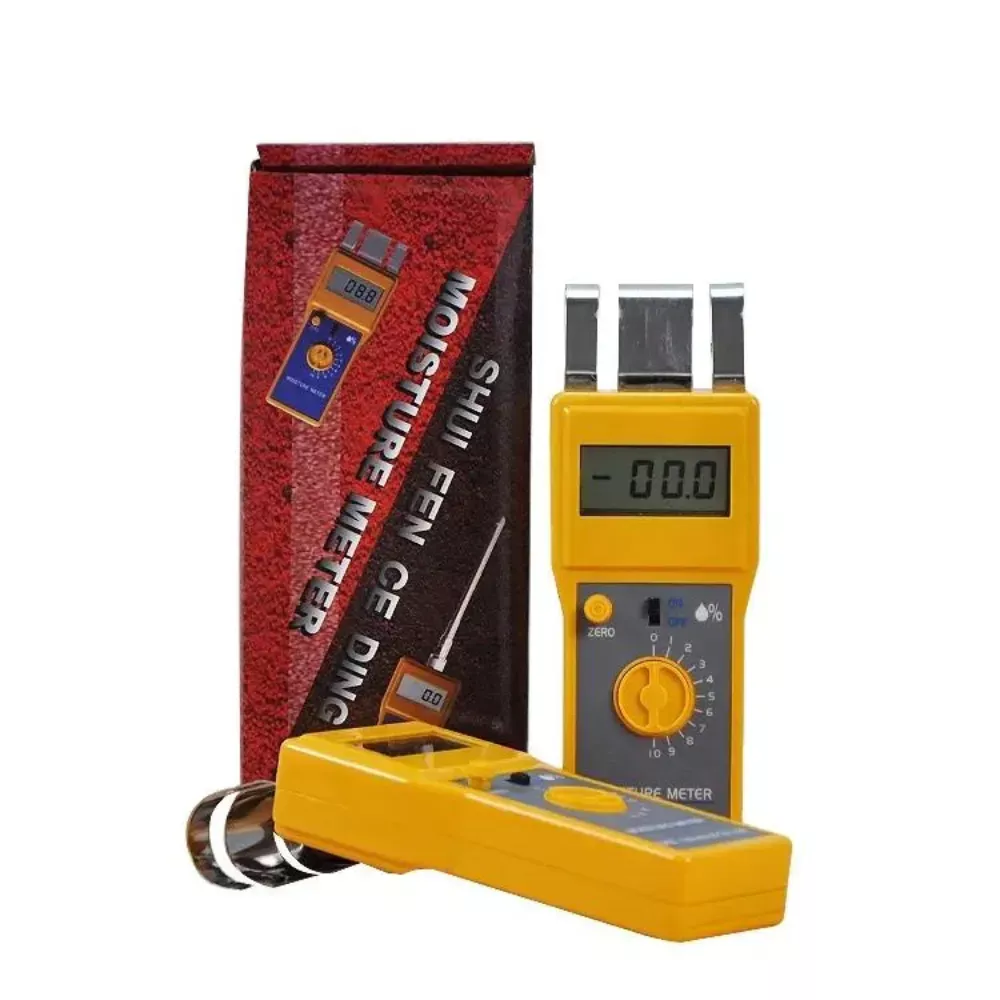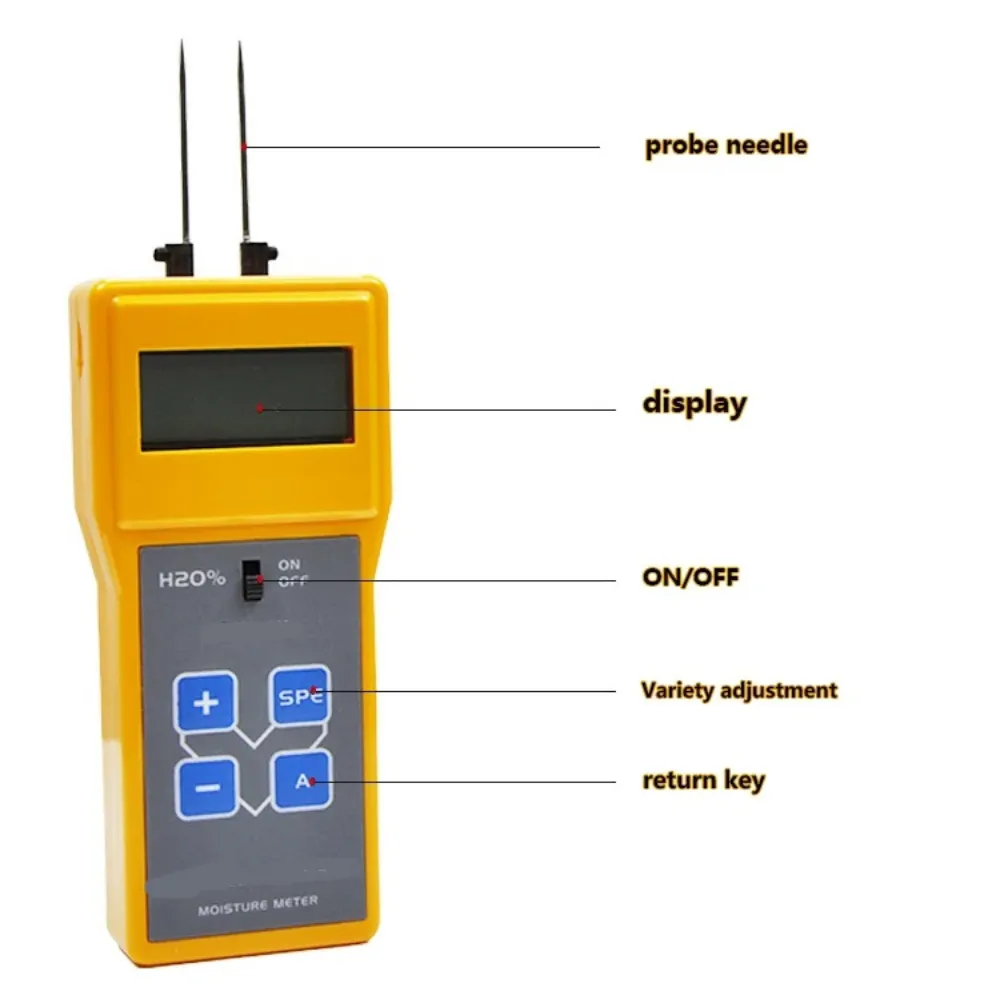
Types of Soil Moisture Meters
Table of Contents
Soil moisture meters come in various forms, each designed to cater to specific needs and preferences. These devices help gardeners, farmers, and landscapers determine the moisture content in the soil, thereby aiding in proper irrigation management. The two main types of soil moisture meters are analog and digital, each with its own set of advantages and disadvantages.
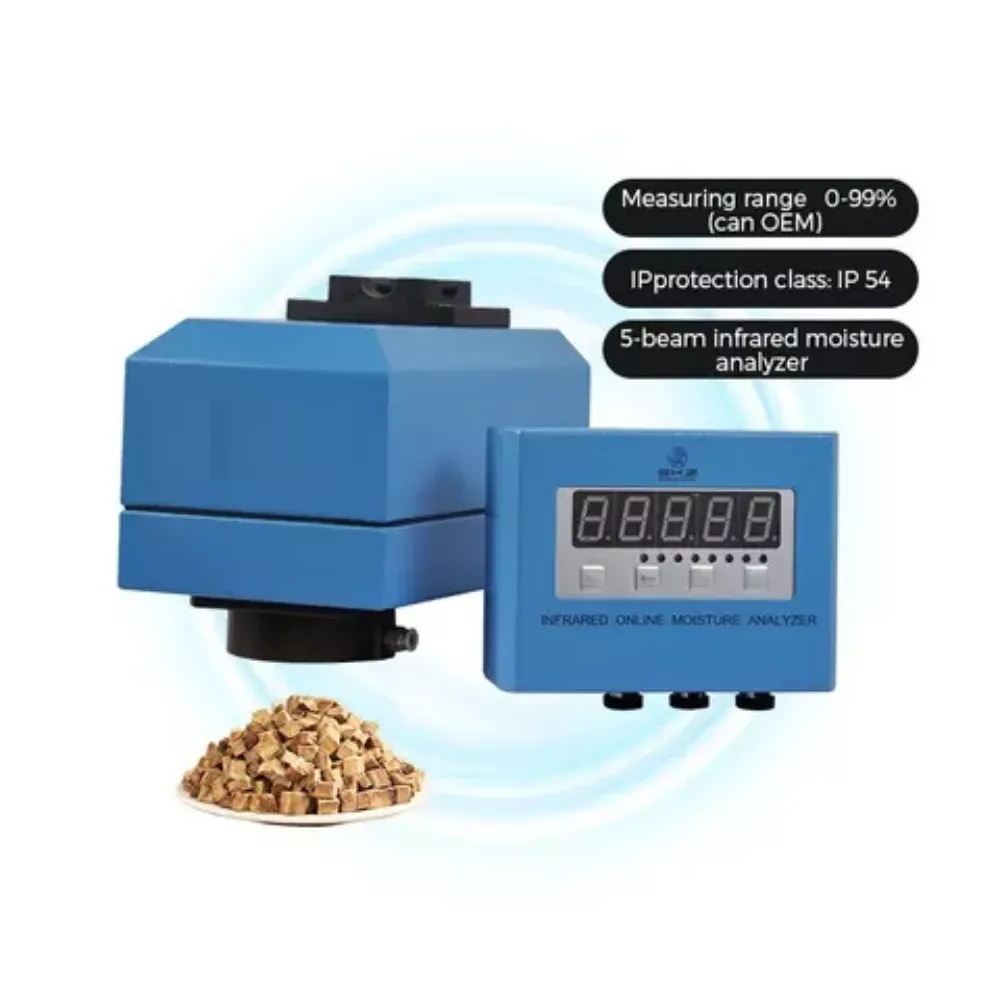
Analog Soil Moisture Meters
Analog soil moisture meters are straightforward devices that do not require batteries to operate. These meters function via the conduction of electricity through the soil; when the probe, typically made of conductive metal, is inserted into the soil, the natural electrical current in the soil is measured to determine moisture levels. Analog meters are usually less expensive and feature a color-coded scale with a needle that swings to indicate the moisture level, making them simple and easy to use. However, they can be less accurate and harder to read compared to their digital counterparts.
Digital Soil Moisture Meters
Digital soil moisture meters provide more precise readings and often come with additional features such as digital displays that show numerical values and sometimes pictorial representations of soil moisture levels. These meters require batteries or USB charging to operate and are typically more expensive than analog meters. They offer enhanced accuracy and ease of use, which can be particularly beneficial for commercial farmers or advanced gardeners. Digital meters may also come with features like remote connectivity and the ability to measure other parameters, such as soil temperature and fertility levels.
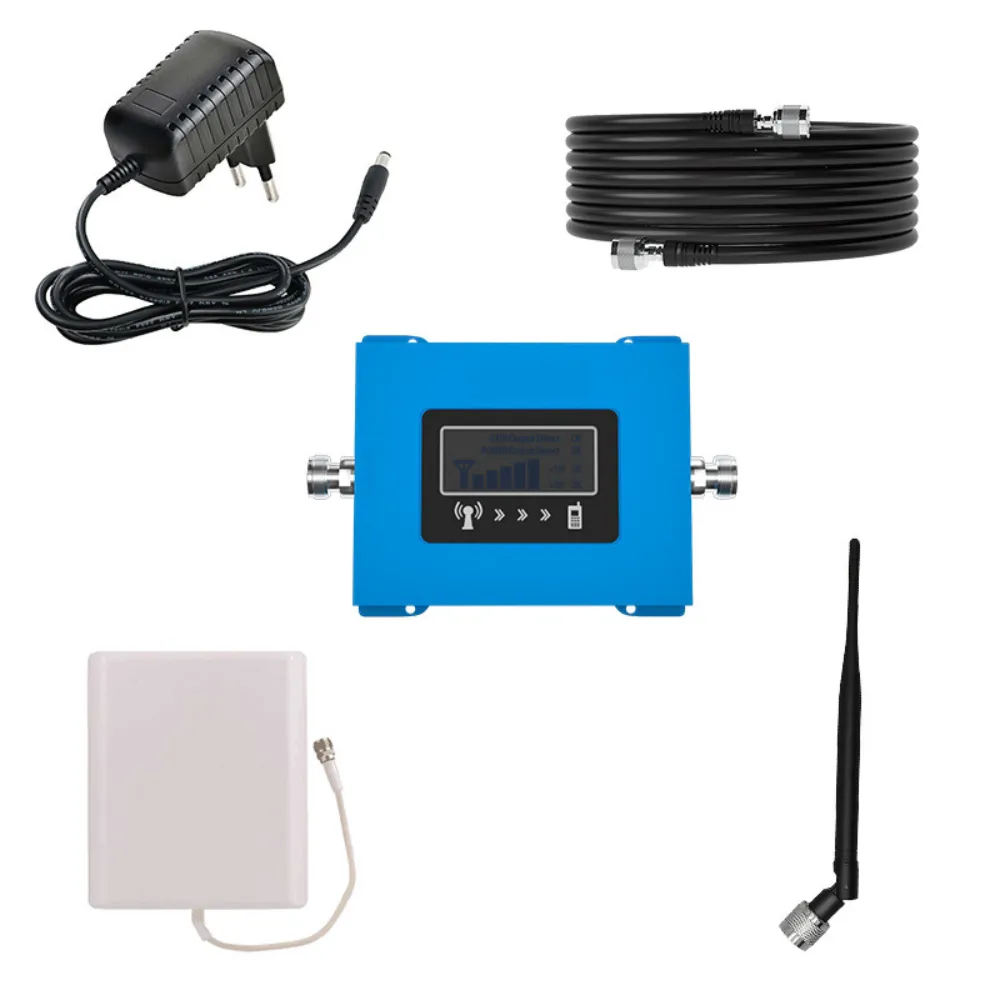
Additional Features and Considerations
When choosing a soil moisture meter, several additional factors should be considered:
Moisture Range: Different plants have varying moisture requirements, so it’s crucial to select a meter that can measure the appropriate moisture range for your specific needs.
Probe Length: The length of the probe is important depending on the depth of soil being measured. Shorter probes are suitable for potted plants, while longer probes are better for deeper soils.
Soil Type and Texture: The type and texture of the soil can affect the choice of moisture meter. For example, harder soils may require meters with sturdier probes to prevent bending or denting.
Comments
Tags
Frequently Asked Question
The two main types of soil moisture meters are analog and digital. Analog meters are simple, battery-free devices with color-coded scales, while digital meters offer more precise readings and often include additional features.
Analog soil moisture meters work by measuring the natural electrical current in the soil. When the probe is inserted into the soil, it conducts electricity, and the meter uses this to determine the moisture level, which is indicated on a color-coded scale.
Digital soil moisture meters offer more precise readings, easier-to-read digital displays, and often include additional features such as soil temperature measurement and remote connectivity. They are typically more accurate than analog meters but require batteries or charging.
When choosing a soil moisture meter, consider factors such as the moisture range required for your plants, the probe length needed for your soil depth, and the type and texture of your soil. Also, consider whether you need additional features like temperature measurement or remote connectivity.

